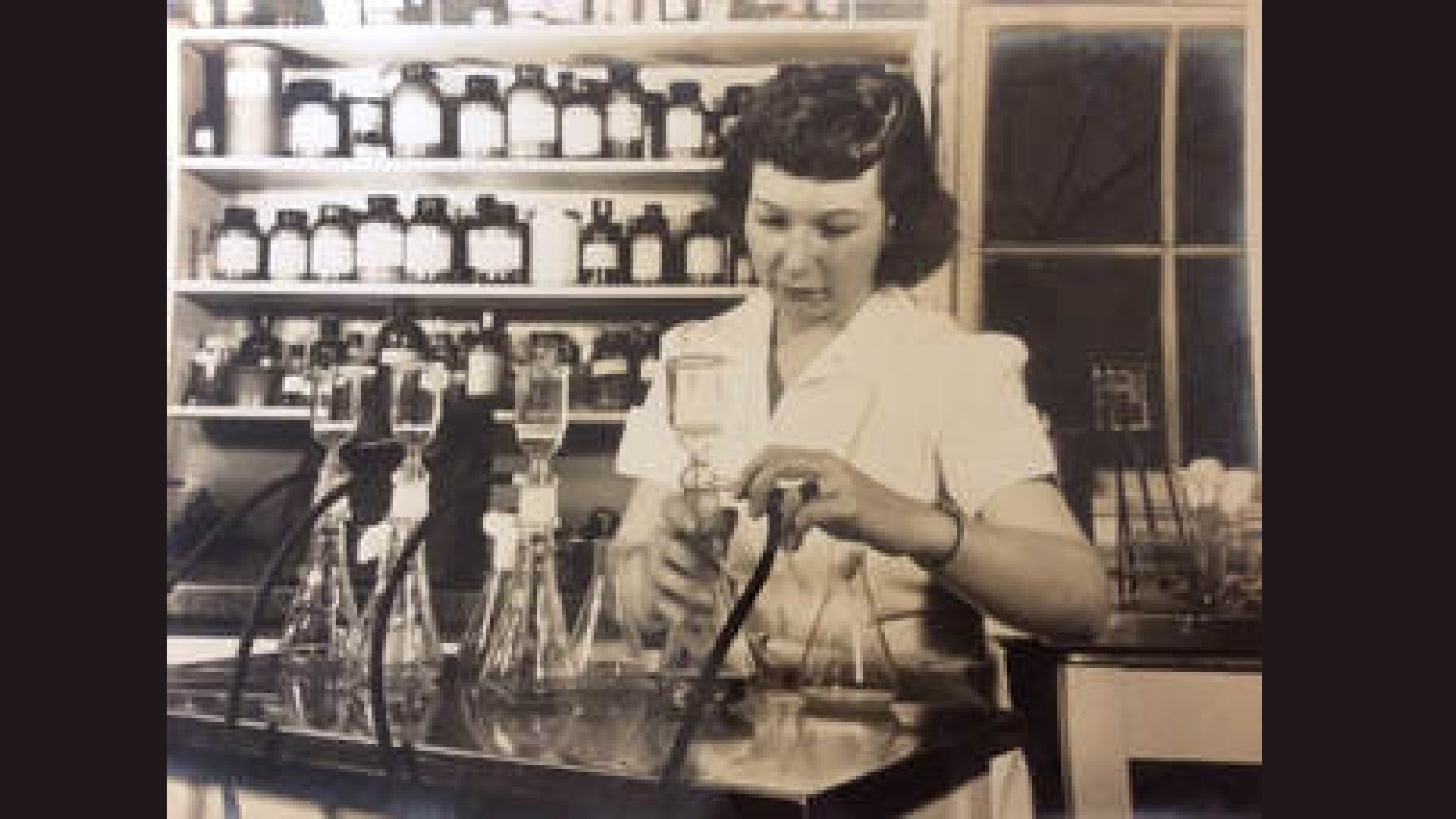Tuberculosis was a dreaded and difficult-to-treat disease at the beginning of the last century. That changed when Professor Selman A. Waksman discovered the antibiotic streptomycin. Master's student Elisabeth Bugie played an essential role in this discovery, but did not receive any recognition for it.
Tuberculosis was a dreaded and difficult-to-treat disease at the beginning of the last century. That changed when Professor Selman A. Waksman discovered the antibiotic streptomycin. Master's student Elisabeth Bugie played an essential role in this discovery, but did not receive any recognition for it.
Successor to penicillin
Elizabeth Bugie worked as a master's student of microbiology in the laboratory of Professor Selman A. Waksman. Waksman was looking for a worthy successor to the antibiotic penicillin. In 1943 he found that successor in streptomycin, the first antibiotic that proved effective against the bacteria that causes tuberculosis. The results of the study were published in the Proceedings of the Society for Experimental Biology. In addition to Waksman himself, PhD students Albert Schatz and Elisabeth Bugie were listed as authors.
No recognition
Waksman scored with this discovery and took all the credit. He was even awarded a Nobel Prize. With the patent that Waksman had only put in his own name, he earned a lot of royalties. Schatz felt that as a co-discoverer he was entitled to recognition and a share of those royalties. He took legal action and the judge ruled in his favour. Both gentlemen kept silent that Bugie had played an essential role in the discovery of streptomycin. According to Bugie's colleagues, it was not necessary for her name to be on the patent, because she would one day “get married and have a family”. In the end, Bugie received 0.2% of the royalties for streptomycin, but this was not real recognition for her contribution. As Bugie herself later told her daughters, “if the women's liberation movement had been around, my name would have been on that patent.”

